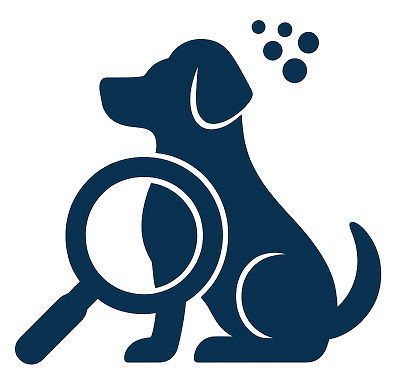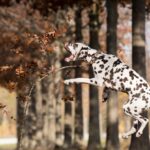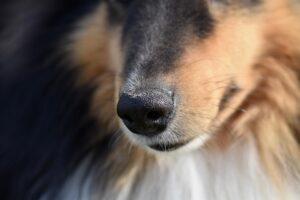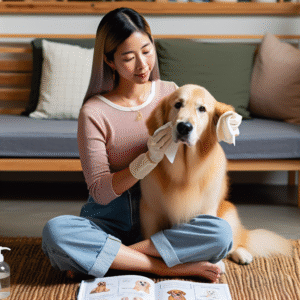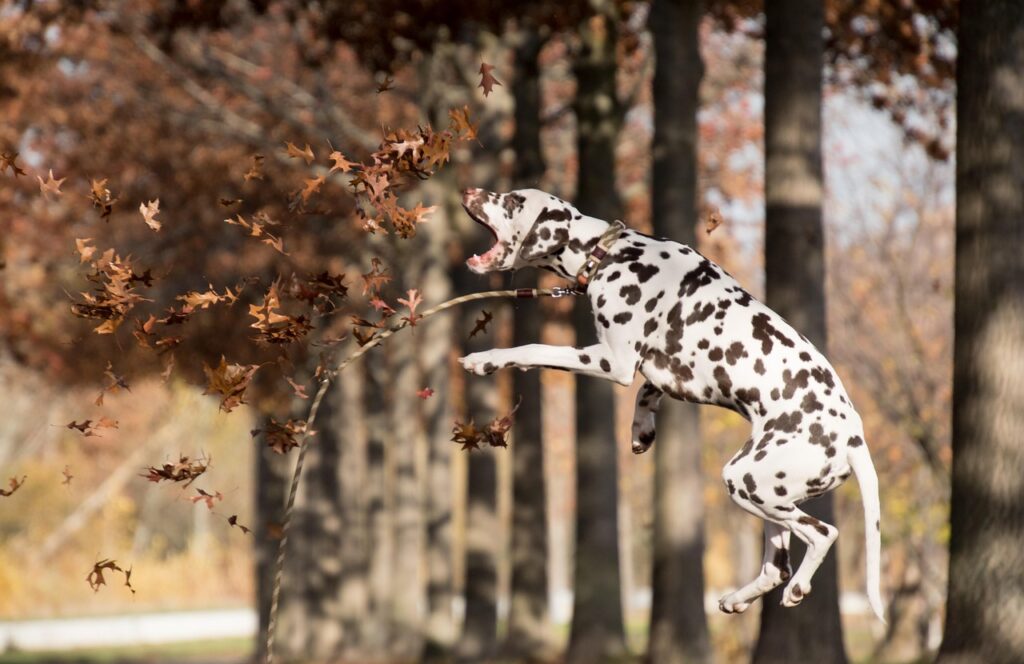
Dogs are naturally exuberant creatures, and jumping is one of the ways they express excitement and seek attention. Although endearing at times, especially when they’re small puppies, jumping can become problematic as they grow bigger and heavier. Understanding the underlying reasons why your dog jumps is the first step toward correcting this behavior.
Seeking Attention
Dogs often jump on people to get attention. When they jump and you respond, even if it’s to push them away or scold them, they perceive any reaction as attention, which reinforces the behavior.
Excitement and Greeting
Dogs use jumping as a way to greet people because it brings them face-to-face. This is a natural canine behavior, as dogs in the wild might greet each other by sniffing faces.
Lack of Training
If a dog hasn’t been trained to understand that jumping is inappropriate, they will continue to do it. Without proper guidance, they won’t learn more acceptable ways to greet people.
Effective Training Tips to Stop Jumping
Training your dog not to jump requires consistency and patience. Here are effective strategies to help curb this behavior:
Ignore the Behavior
One of the most effective ways to stop a dog from jumping is to ignore them when they jump. Turn away and avoid eye contact. Only give attention when all four paws are on the ground. This teaches your dog that jumping doesn’t get them the response they want.
Teach an Alternative Behavior
Teaching your dog an alternative behavior, such as sitting, can replace the jumping. When your dog approaches, instruct them to sit and reward them with a treat or affection when they comply. This encourages them to sit rather than jump when seeking attention.
Use Positive Reinforcement
Positive reinforcement is crucial in training. Reward your dog with treats, praise, or toys when they exhibit the desired behavior. This encourages them to repeat the behavior to earn rewards.
Consistency is Key
Consistency in training is essential. Ensure everyone in your household is on the same page and responds to jumping behavior the same way. Mixed signals can confuse your dog and prolong the training process.
Train in Different Environments
Dogs learn best when trained in various environments. Practice no-jumping commands in different settings, like at home, in the park, or when guests visit. This helps generalize the behavior across different scenarios.
Manage the Environment
Prevent situations where your dog might be tempted to jump. Use barriers like baby gates to control their access when you have guests. This management strategy can help reduce jumping incidents while you work on training.
Leash Training
When out for walks, keeping your dog on a short leash can help control jumping. If they attempt to jump, stop walking and ignore them until they are calm. Resume walking once they settle, reinforcing calm behavior over jumping.
Common Mistakes to Avoid
While training your dog not to jump, avoid common pitfalls that can hinder progress:
Unintentionally Rewarding Jumping
Avoid giving attention, even negative, when your dog jumps. Scolding or pushing them away can be perceived as rewarding attention.
Inconsistency
Inconsistent training confuses your dog. Ensure all family members and visitors know how to respond to jumping to avoid mixed messages.
Lack of Patience
Training takes time, and every dog learns at their own pace. Be patient and persistent, and celebrate small victories along the way.
When to Seek Professional Help
If you’ve tried these methods and still struggle with your dog’s jumping behavior, consider seeking help from a professional dog trainer or behaviorist. They can provide personalized guidance and address any underlying behavioral issues.
Conclusion
Stopping your dog from jumping requires understanding, patience, and consistent training. By using positive reinforcement, teaching alternative behaviors, and managing your dog’s environment, you can effectively curb this behavior. Remember, every dog is unique, and what works for one may not work for another. Stay committed to the process, and you’ll see improvements over time.
Training your dog not to jump is a rewarding experience that strengthens your bond and ensures a more harmonious relationship. With time and dedication, you can help your dog learn to greet people politely and enjoy a more balanced and well-behaved canine companion.
#ChatGPT assisted in the creation of this article.
